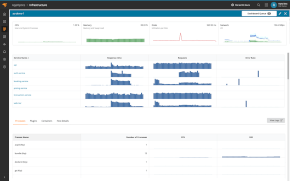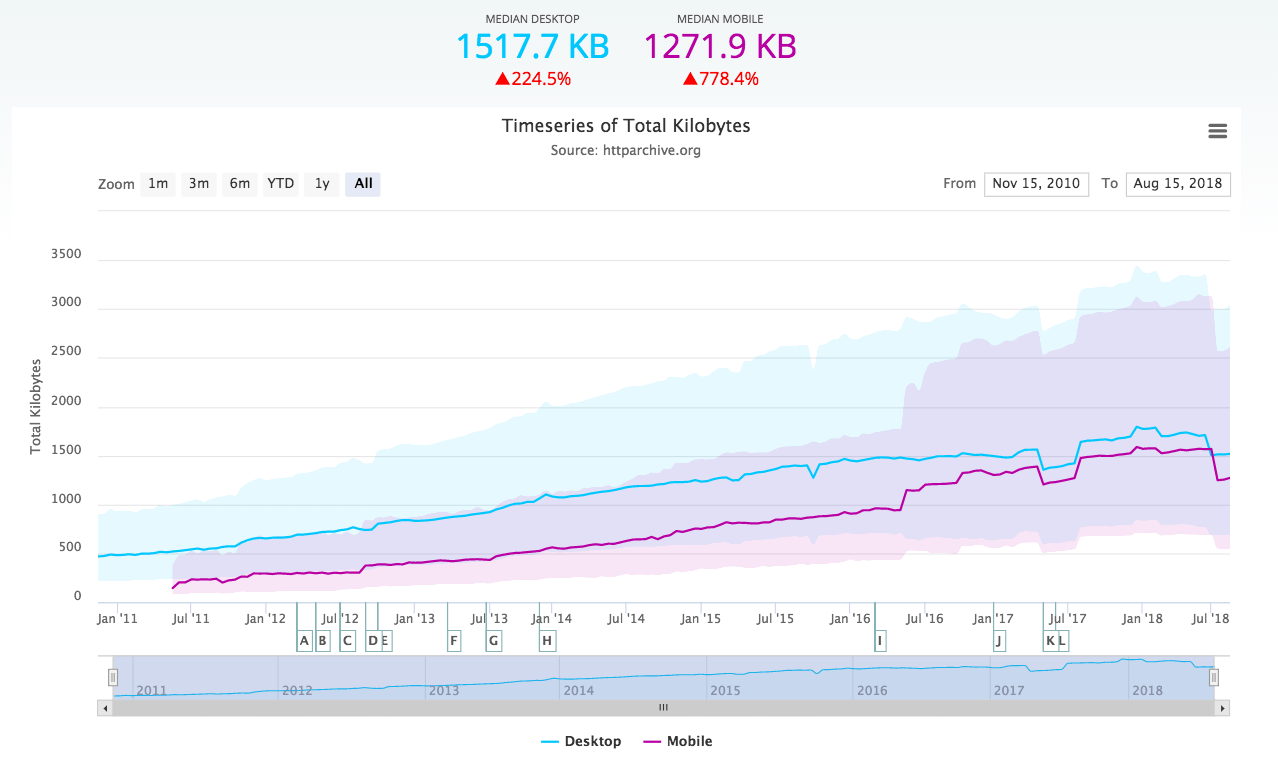Introduction
In today’s fast-paced business environment, tech startups are on the rise. Several small- and medium-scale businesses are competing with established companies to showcase their unique digital services. Heroku is a favorite among these businesses and their development teams, as its PaaS provides a ready-to-serve platform for application setup. Developers can deploy the platform easily without investing too heavily in the infrastructure and DevOps setup.
Businesses offering services through these applications know applications must be user-centric because the digital user experience is crucial to whether users will embrace the solution or reject it outright.
In this post, we’ll examine user monitoring on Heroku-based applications and the significant role it has on user engagement.
The Importance of a Good Digital User Experience
Users: Everything revolves around that word. The user experience for your product encapsulates their journey, from opening the app to achieving their desired goal. Several applications may offer the same result, but what makes one preferred over the other is a better user experience. People are looking for—and usually stick with—applications offering good usability.
Several factors influence usability in web applications—for example, page load speed and user sessions. Google recommends a standard page load speed of about two seconds. When the load time takes an extra one to five seconds, the bounce rate—the percentage of users who leave the site without any further interaction—increases to about 90%.
It’s also good to know applications hosted on the Heroku free tier plan, the web application dyno goes to sleep after 30 minutes of inactivity. Then, when a new request comes in, there’s an initial lag time to wake up the dyno. So if you want to use it for production, be sure to upgrade to a paid plan.
Page load speed performance also differs in several regions. The farther away your user’s location is from the data center, the more likely they are to experience latency. For example, your app users in Mumbai might be getting slower-than-average page load speed since the webserver is in North America. Based on that insight, if you don’t want to lose that market, you need to install a Content Delivery Network (CDN).
User Monitoring in Heroku Applications
Having considered the absolute need for user monitoring and the integral role it has on your application’s success, we must use third-party monitoring tools to integrate user monitoring on the Heroku platform. SolarWinds® Pingdom® is an optimal tool for user monitoring integration because it lets you review a wide array of metrics, making for a holistic monitoring experience.
It’s straightforward to use. When you sign up on the Pingdom website, you’ll see an option on the user dashboard to create a site. You’ll get a code snippet to add to web app pages.
You can also get Pingdom as an add-on in the Heroku Marketplace. Click and follow the step-by-step configuration to add it to your application.
Aspects of User Monitoring in Applications
Let’s break down the different aspects of user monitoring available in the Pingdom monitoring tool.
Real User Monitoring
From the term “real user monitoring,” you can deduce this is a critical part of monitoring operations. Indeed, it reveals the user’s journey with the app and whether their interactions are pleasant. Such monitoring communicates and provides meaningful visualization into the entire user flow. Some of the key metrics measured are users’ active sessions, page load time, Apdex (Application Performance Index) score, and bounce rate.
You can use filters based on platform, geography, and browsers to bring about unique insights based on visualized data. You can also group pages based on SLAs and filter information for landing pages with unique user-centric designs that differ from product pages.
Uptime Monitoring
Uptime is how available or publicly accessible your web application is. Monitoring uptime is critical because when a web-based business goes down, things such as users’ trust in their service start to fail. This makes profits go downhill too, which can be devastating to businesses.
Downtime also can make your business trend for the wrong reasons and affect your brand’s reputation. A clear example of this is the recent AWS outages. Three different outages in one month affected many businesses that had built their digital services on the Amazon platform.
Monitoring uptime provides automated availability checks to your site or application. This proves important in bringing downtime under control and mitigating its effects.
The alerting system integrated into this service will promptly inform you, through several channels, about any instance of downtime. The uptime monitoring service also provides a root cause analysis, which breaks down the most likely causes of the downtime. Such an analysis also provides debugging information like the HTTP status codes, traceroutes, and request content.
Page Speed Test
Earlier in this post, we noted the relationship between page speed and churn (loss of users). The page speed test is also closely related to user monitoring. The page speed test checks how fast a page loads every 30 minutes by default. The test measures performance based on Yslow best practices.
The page speed test gives a breakdown of the page per its load time, page size, number of requests, etc. It also gives a load timeline for each element, which helps you identify and fix anything causing the page to load slowly.
Interaction Monitoring
Interaction monitoring, also known as transaction monitoring, helps test a web application’s functionality without the need for actual users. It uses scripts to simulate a typical user flow on your app.
These simulated interactions help gauge performance issues around the user’s journey on the app. For example, for an e-commerce app, we can use transaction monitoring to gauge if a user conveniently reaches the checkout point or submits a registration form.
Interaction monitoring also has a built-in alerting system to notify you of issues based on custom preferences.
Application Performance Monitoring
Application Performance Monitoring (APM) refers to evaluating the front-end and back-end systems and resources needed for proper application performance. APM differs from mainstream user monitoring, but in some cases, you can trace issues affecting the user app experience to a poor-performing factor in the infrastructure supporting the application.
SolarWinds AppOptics™ is a great APM tool, and it works well with Pingdom. AppOptics is also available as an add-on on the Heroku platform, so you can easily integrate it into your application.
Conclusion
The beauty of user monitoring is everyone on the app team—from the developers to the marketers and management—can interpret it and use it to make key business decisions to drive the application’s success. With the collection of monitoring tools provided by Pingdom, you can quickly transform a basic Heroku application into a web superstar.
This post was written by Michael Etokakpan. Michael is a web developer and a certified cloud engineer. He is passionate about building quality solutions, and when he is not building solutions, he is writing about them.
























